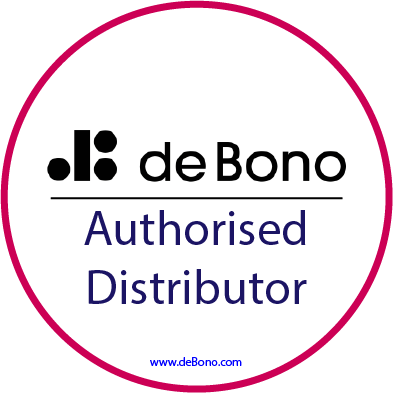 Richard Morris, Accredited Trainer
Richard Morris, Accredited Trainer
2020 made businesses adapt their channels of communication. Lockdown meant a focus on virtual platforms, with internal and external stakeholders working remotely.
The emphasis for many was ‘Do we have the right platforms in place?’
Perhaps the real focus was ‘Do our people have the skills to communicate clearly, concisely and impactfully?’
Irrespective of verbal, written or non-verbal communication – how you convey yourself and the impression you make, is vital in any virtual business setting. This is explored more in the Canadian HR Reporter article ‘How to deliver effective communication in a pandemic’ from McLuhan & Davies. Read it here…
Think structure!
Whether positioning new ideas, giving project updates, solving problems, fielding questions or leveraging a sale, poorly crafted communication can form an unfavourable view on you, your team or your organisation. So, think ‘structure first’:
- Be Clear – Identify the core parts of your message, analyse what it is you need to say by identifying your ‘Key Points’. Our heads are crammed with information and the message can be lost if all you do is ‘verbally dump’ what you are thinking. If your listener must decipher it, then this leads to unclarity and misunderstanding. Be clear in what you want to say before saying it!
- Be Brief – Consider clear separation between your key points, as it helps your listener hear when you move from one key point to another. A simple pause helps your listener hear those distinct pieces of communication. Not forgetting to get to the point quickly!
- Create an Impact – Logically connect each key point to the next. By developing a logical sequence, you form forward movement in what you want to say – creating dynamic, energetic and impactful communication.
Think on Your Feet® emphasises structure when communicating verbally. It provides the tools and techniques to ensure you are clear, confident and able to think before you speak – even when caught-on-the-spot! Find out more…
Listen with your eyes, as well as your ears.
Your non-verbal communication should mirror what you are saying, pay attention to what your body is doing, as non-verbal tends to be more less conscious. A simple nod, a thumbs up, a wave can be effective. Non-verbal cues which tell the person ‘I am listening’ or ‘Yes I agree!’ – sometimes saying less is more.
Listen with your eyes as well as your ears – how you appear on screen is important too. Watch what others are doing. Does their verbal communication match their non-verbal gestures? And yours too! Your eye line should be in the top third of the screen, have headroom and looking space around you and maintain eye contact by looking directly at your camera when speaking.
Work on your posture, sitting up straight shows confidence, yet a slump in the chair shows you are disinterested. A slight lean forward can show you are engaged. So, ensure your non-verbal cues match what you are saying, it’s crucial not to send mixed messages!
The Skilled Presenter™ workshop focuses on how listeners perceive the speaker. It introduces you to the tools and techniques that professional speakers use to prepare and deliver presentations – no matter what delivery platform. Find out more…
Putting it in writing
Most of the time, your verbal communication is supported by putting it in writing. Currently many readers are overloaded, 33% of emails are not read and at best are only skim read! As skim readers need to quickly understand the essence of what is being said, you need to ensure that your email is:
- read, by grabbing their attention quickly;
- related (to), the message is clearly positioned and understood;
- remembered, created a real impact, and;
- responded, a call for action and next steps.
A short and simply crafted document can create huge impact. The way you write should reflect how you speak, so give due consideration to:
- Planning – Take time to plan. What is it you want to convey? What effect do you want it to have on your readers? How will you create impact?
- Drafting – Spend focused time just writing and get your plan down into words.
- Editing – Will the content grab the reader’s attention? Is it easier to read? Does it flow well? How have you taken into account tone, grammar and visual appeal?
Writing Dynamics™ helps anyone who has to write at work, to achieve quality and improve their productivity – by using a proven system, developed by award-winning writers. Find out more…
Our range of communication workshops Our communication suite of workshops ensure you know how to add structure to what you say, how you say it, how you present it and how you write it down – always with the audience in mind! Find out more…

More about Richard Morris Richard is an accredited Think on Your Feet®, Writing Dynamics™, Lateral Thinking™ and Six Thinking Hats® trainer and has delivered these workshops to numerous clients.
From an organisational development context, he has created and implemented a new leadership behavioural framework and set of associated flagship leadership development programmes.


